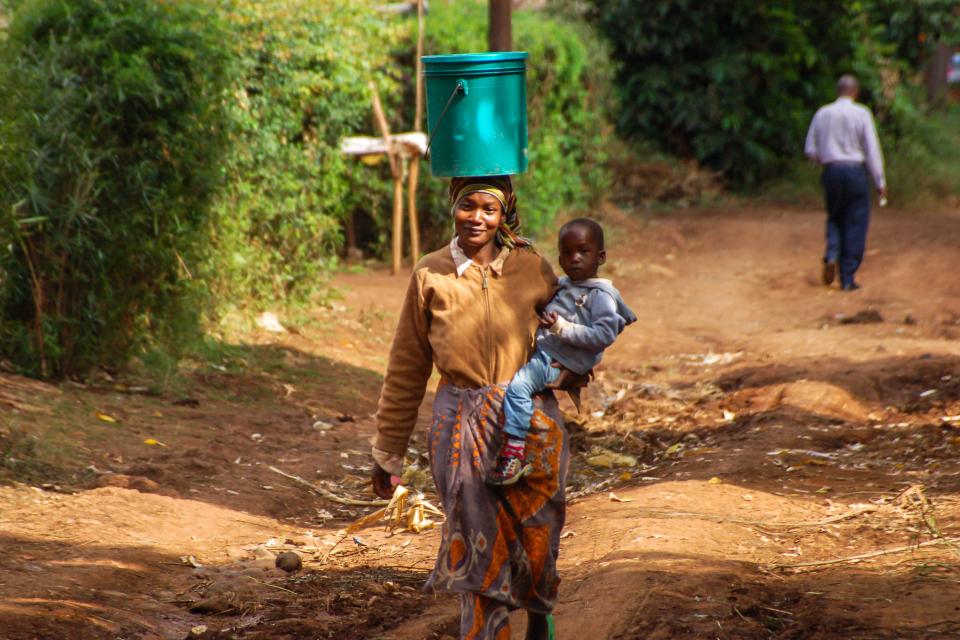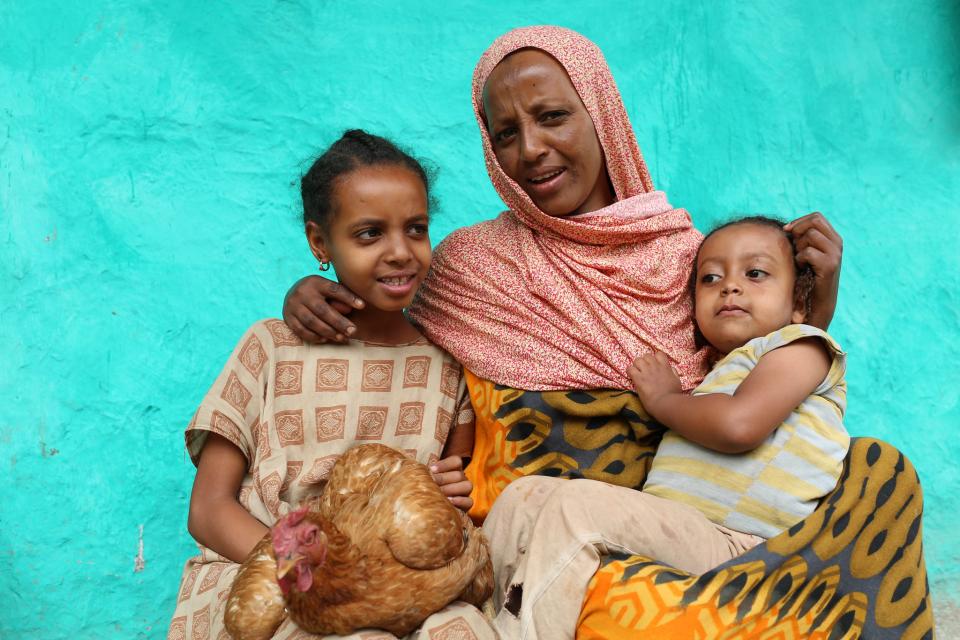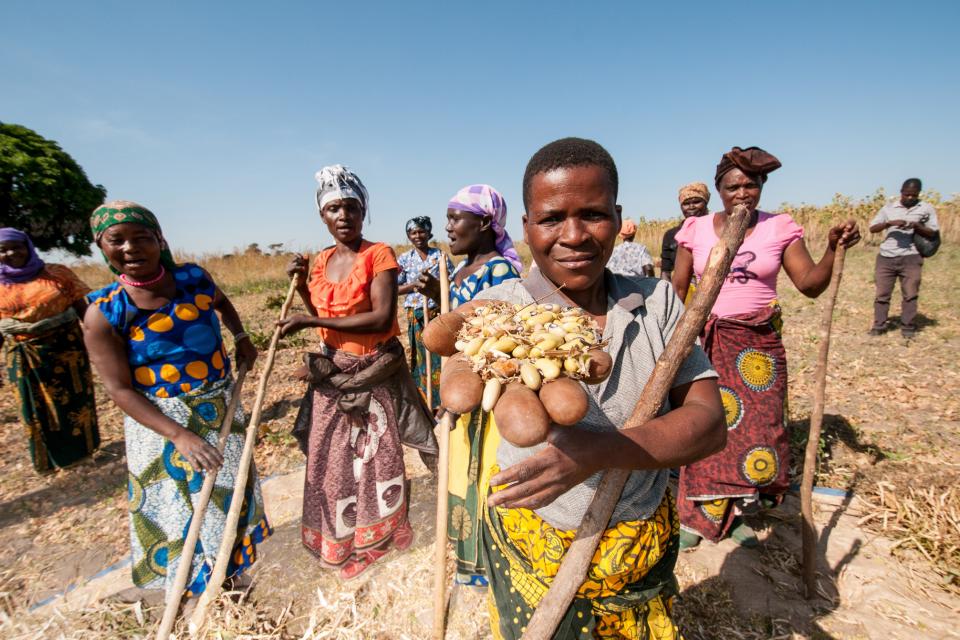The time is ripe: Measuring and interpreting women’s time use in nutrition-sensitive agriculture programs
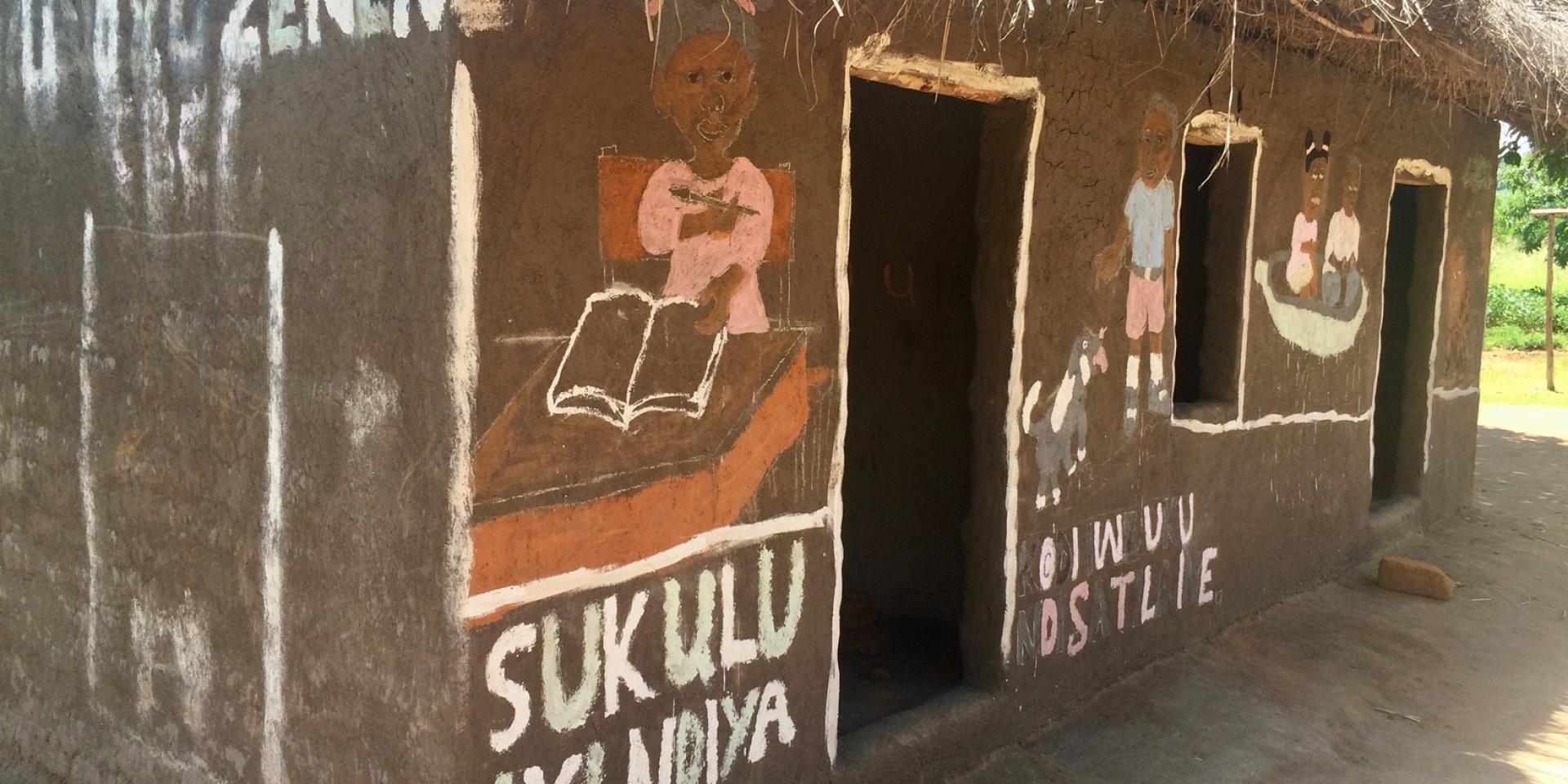
Photo: Amy Margolies/IFPRI.
Time use is an overlooked factor when considering how nutrition-sensitive agricultural interventions affect women. Measuring time use in an evaluation of a nutrition-sensitive agriculture program delivered through community-based childcare centers in Malawi revealed that while women benefitted, they also carried the bulk of the time burden.
Nutrition-sensitive agriculture programs show promise in improving nutrition outcomes in low- and middle-income countries. These programs typically engage women in activities to improve their families’ diets and nutrition. However, program implementers may lack the time or resources to track the time women spend in those activities. Ultimately, the time women spend in program activities should not outweigh the program benefits to women and their families.
There is much to learn on how agriculture-nutrition programs affect women’s time. However, the evidence base is growing thanks to a robust gender research portfolio at the International Food Policy Research Institute, CGIAR and others in the field. Our work builds off seminal contributions of research on women’s empowerment in agriculture and on gendered agriculture-nutrition pathways.
Nutrition-sensitive agriculture delivered through childcare centers in Malawi
The Nutrition Embedding Evaluation Platform (NEEP) program was implemented by the Government of Malawi and Save the Children. Community preschools were used as a platform to deliver trainings and behavior communication change messages to rural households. The program supported preschool and household gardens with agricultural inputs and training, nutrition training to improve preschool meal preparation and support on parenting practices. Women voluntarily engaged in program activities, including trainings, preschool committees, caregiving for children, working in preschool gardens, planning and preparing nutritious meals as well as constructing and maintaining centers. The program intended to improve household production diversity, maternal nutrition knowledge and practices, child diets, nutrition and development.
I embedded my research in a randomized controlled trial of the program led by Aulo Gelli. The study design allowed us to compare outcomes between the treatment and control groups to determine program impacts. Results from the trial show how the program promoted production and consumption diversity and child nutrition status through community-based childcare centers.
Clocking women’s contributions
There were two aspects we considered in valuing women’s time: 1) the objective amount of time spent on program activities, and 2) how women subjectively value their time. We measured time both quantitatively and qualitatively to understand the ‘what’ and also the ‘how’ and ‘why’ changes occurred.
I used an adapted Women’s Empowerment in Agriculture Index module to collect caregivers’ primary and secondary activities over 24 hours at three periods over a year. This way, we could look at women’s time burdens at various times. This is important especially in agricultural communities where time is spent differently depending on the season - i.e., planting versus harvesting. We also conducted qualitative interviews with 38 women, men and female adolescents from 18 households of different food security status in treatment and control villages. We interviewed the same people again at the end of the program.
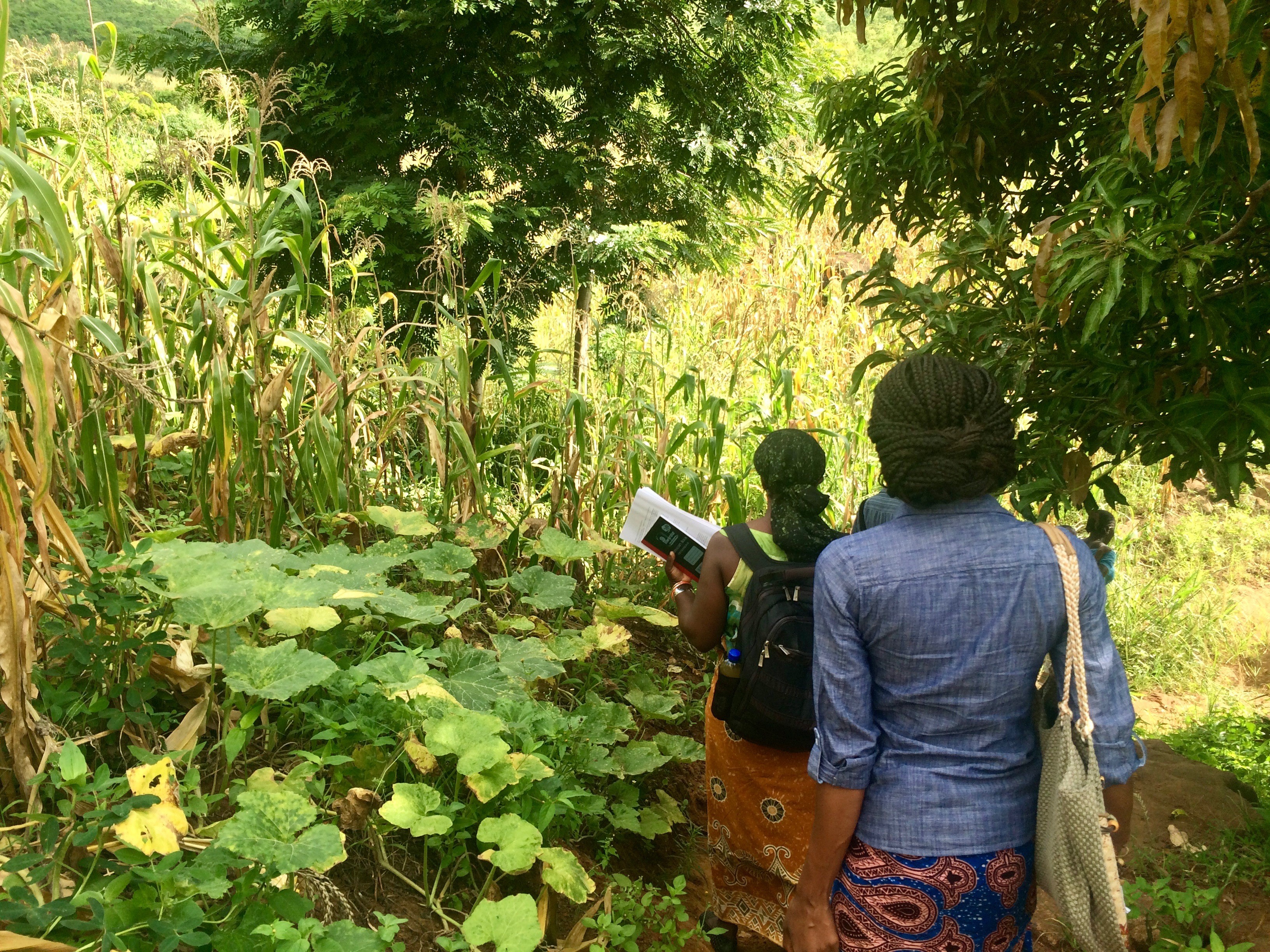
Data collection team in the villages in Zomba conducting qualitative research. Photo: Amy Margolies/IFPRI.
Watching time – and costs
We also calculated the total costs of the NEEP program and conducted an economic evaluation. These analyses, summarized in an policy seminar, incorporated the opportunity cost of women’s time. Further, we examined the cost of participation in other nutrition-sensitive agriculture programs. (The economic evaluation was conducted under the SEEMS-Nutrition consortium, a partnership between IFPRI and the University of Washington and funded by the Bill and Melinda Gates Foundation). We found the opportunity costs of participants, frontline workers and volunteers can add up to 30 to 50 percent of total program costs.
From the trial, we knew that the community was investing both time and resources in the program – such as donating food to pre-school meals. This indicated that the program successfully engaged participation, which was necessary for sustainability. However, women shouldered the bulk of the work as compared to men in activities related to the program including preschool childcare and meal preparation.
Women in the program invested an additional 30 minutes daily in caregiving and preschool activities compared to those not in the program. The extra time burden happened only during the ‘lean’ season when households were food insecure but did not occur six months later. This was also a scale-up period to make sure centers were operational, requiring more work. It was also when women reported being stressed to find food and/or busy with contract labor (ganyu). Despite the extra time invested, women valued their work in the program because it supported their children’s development.
“During the lean season, we are always under pressure due to ‘ganyu’ that adds [to] the already existing work we have, such as household chores,” said one participant.
“My routine is still the same as always. I go to the garden in the morning. And whether I go to that [preschool] garden or my other garden it doesn’t matter, both are for my benefit,” stated another participant.
Tweaks to program design could lighten women’s burdens. Engagement with men must be deliberate and realistic, such as including them in activities that are already acceptable in existing gender roles, like in preschool committee participation and building maintenance. However, there may be also room to alleviate women’s participation burdens by directly addressing gender norms, such as the assumption that only women should be the caregivers and prepare preschool meals. Ideally, program phases should be timed as to not burden women when they are already stressed or busy. Providing a cash or food transfer during the lean season could help alleviate financial pressures to conduct contract labor.
High time for improvement
We need better methods and evidence. Measuring women’s time could avoid creating or exacerbating existing gender disparities. It is key to measure women’s time burdens at low and high demand phases of the project cycle as well as to consider existing seasonal time burdens. These data could also help inform how to minimize program burdens and maximize program impacts. While a mixed-methods approach strengthened interpretation of what quantitative changes meant qualitatively to participants, there is room for improvement.
There are many promising approaches, such as use of pictorial prompts or incorporating accelerometry – monitors that measure human physical activity – to triangulate energy expenditure with time use and activity data. It would also be helpful to quantitatively measure the time use of other household members to assess any spillovers in time burdens, particularly for female adolescents, grandparents, spouses or other caregivers.
